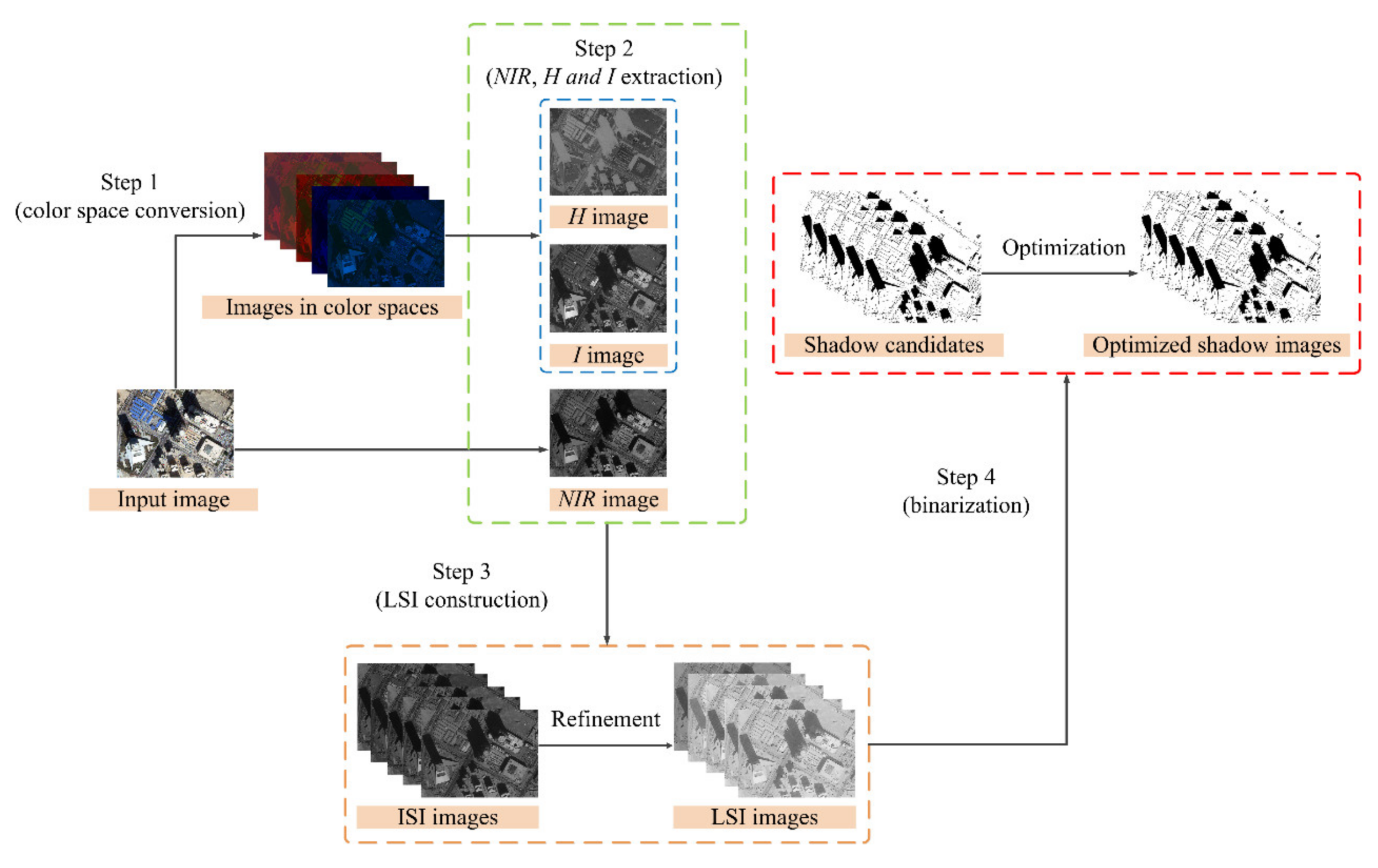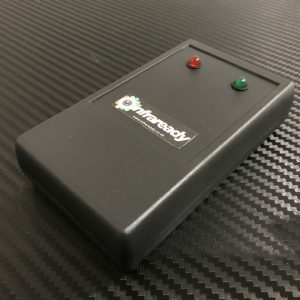

With the help of multi-level gate units, the valuable context information from the encoder can be selectively transmitted to the decoder. In this work, we propose a simple yet general gated network (GateNet) to tackle them all at once. They ignore two key problems when the encoder exchanges information with the decoder: one is the lack of interference control mechanism between them, the other is without considering the disparity of the contributions from different encoder levels. In many binary segmentation tasks, most CNNs-based methods use a U-shape encoder-decoder network as their basic structure. Through comprehensive experiments, we demonstrate the advantages of MoireDet: better identification precision of moiré images on two datasets, and a marked improvement over state-of-the-art demoiréing methods. The design of three encoders in MoireDet exploits both high-level contextual and low-level structural features of various moiré patterns. This strategy ensures consistent pixel-level alignments during training, accommodating characteristics of a diverse set of camera-captured screen images and real-world moiré patterns from natural images. The framework includes a strategy for training triplet (natural image, moiré layer, and their synthetic mixture) generation, and a Moiré Pattern Detection Neural Network (MoireDet) for moiré edge map estimation.

In this paper, we present a simple yet efficient framework to extract moiré edge maps from images with moiré patterns. Experimental results show that our network outperforms state-of-the-art methods and achieves 97% accuracy and 38% reduction on balance error rate.ĭetecting moiré patterns in digital photographs is meaningful as it provides priors towards image quality evaluation and demoiréing tasks.

We employ two common shadow detection benchmark datasets and perform various experiments to evaluate our network. Moreover, a weighted cross entropy loss is designed to make the training more effective. This design is developed into the DSC module and embedded in a CNN to learn DSC features at different levels. By learning these weights through training, we can recover direction-aware spatial context (DSC) for detecting shadows. To achieve this, we first formulate the direction-aware attention mechanism in a spatial recurrent neural network (RNN) by introducing attention weights when aggregating spatial context features in the RNN. This paper presents a novel network for shadow detection by analyzing image context in a direction-aware manner. Shadow detection is a fundamental and challenging task, since it requires an understanding of global image semantics and there are various backgrounds around shadows.


 0 kommentar(er)
0 kommentar(er)
